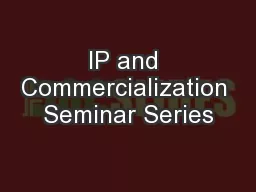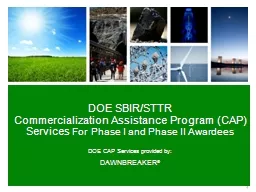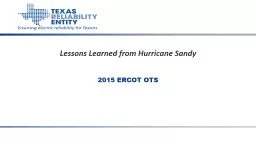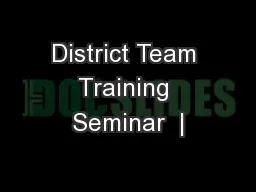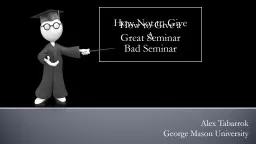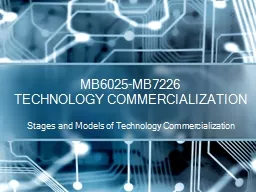PPT-IP and Commercialization Seminar Series
Author : pamella-moone | Published Date : 2017-03-16
Working with Third Parties Agreements and Issues Preparing for the New Reality Fall Sept 23 Fundamentals of IP Oct 21 Patents and Patenting Process Nov 11 Technology
Presentation Embed Code
Download Presentation
Download Presentation The PPT/PDF document "IP and Commercialization Seminar Series" is the property of its rightful owner. Permission is granted to download and print the materials on this website for personal, non-commercial use only, and to display it on your personal computer provided you do not modify the materials and that you retain all copyright notices contained in the materials. By downloading content from our website, you accept the terms of this agreement.
IP and Commercialization Seminar Series: Transcript
Download Rules Of Document
"IP and Commercialization Seminar Series"The content belongs to its owner. You may download and print it for personal use, without modification, and keep all copyright notices. By downloading, you agree to these terms.
Related Documents

